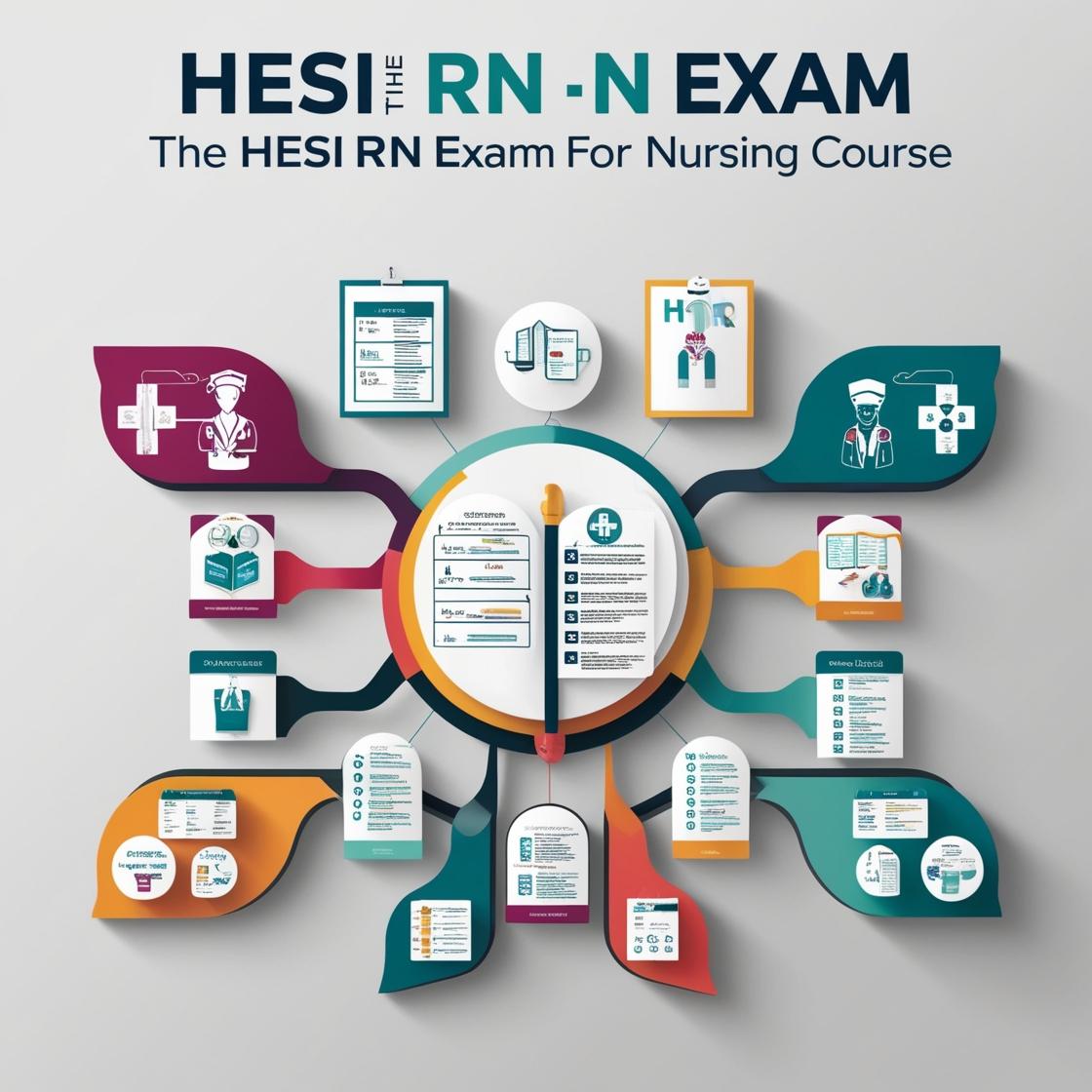HESI RN
HESI Leadership and Management
1. The nurse is caring for a client with diabetes insipidus. Which of the following laboratory findings should the nurse monitor?
- A. Serum sodium
- B. Serum potassium
- C. Serum calcium
- D. Serum magnesium
Correct answer: A
Rationale: In diabetes insipidus, there is excessive excretion of water leading to dehydration. Monitoring serum sodium levels is crucial because these clients often experience hypernatremia (elevated serum sodium levels) due to the loss of relatively more water than sodium, resulting in a sodium concentration imbalance. While monitoring serum potassium, calcium, and magnesium levels is also important in various conditions, they are not the primary focus in diabetes insipidus.
2. The nurse is caring for a client with primary adrenal insufficiency (Addison's disease). Which of the following laboratory findings would the nurse expect?
- A. Hypernatremia
- B. Hyperkalemia
- C. Hyperglycemia
- D. Hypercalcemia
Correct answer: B
Rationale: In primary adrenal insufficiency (Addison's disease), there is a decrease in aldosterone levels, leading to sodium loss and potassium retention. This imbalance results in hyperkalemia, making choice B the correct answer. Hypernatremia (choice A) is unlikely due to sodium loss. Hyperglycemia (choice C) and hypercalcemia (choice D) are not typically associated with primary adrenal insufficiency.
3. Nurse Troy is aware that the most appropriate nursing diagnosis for a client with Addison's disease is:
- A. Risk for infection
- B. Excessive fluid volume
- C. Urinary retention
- D. Hypothermia
Correct answer: A
Rationale: The most appropriate nursing diagnosis for a client with Addison's disease is 'Risk for infection.' Addison's disease is characterized by corticosteroid deficiency, which leads to immune suppression, making these clients more susceptible to infections. This diagnosis reflects the increased vulnerability of clients with Addison's disease to infections. Choices B, C, and D are incorrect because Addison's disease does not typically present with excessive fluid volume, urinary retention, or hypothermia as primary concerns.
4. The healthcare professional is educating a client with Cushing's syndrome about dietary management. Which of the following instructions should the healthcare professional include?
- A. Increase sodium intake
- B. Limit protein intake
- C. Limit calcium intake
- D. Increase potassium intake
Correct answer: D
Rationale: For clients with Cushing's syndrome, they are at risk of developing hypokalemia due to increased excretion of potassium. Therefore, it is essential to advise them to increase their potassium intake. Choices A, B, and C are incorrect because: A) Increasing sodium intake can worsen fluid retention and hypertension common in Cushing's syndrome. B) Limiting protein intake is not necessary unless there are specific kidney issues that require protein restriction. C) Limiting calcium intake is not typically recommended unless there are underlying conditions such as hypercalcemia.
5. A nurse manager works hard to keep employee morale high with the thought that this will lead to effective employees doing the best work they can. Which of the following theories does this best describe?
- A. Theory X
- B. Theory Y
- C. Servant leadership
- D. Scientific management
Correct answer: B
Rationale: Theory Y, as proposed by Douglas McGregor, emphasizes that employees are intrinsically motivated and seek responsibility. It suggests that high morale leads to high productivity, aligning with the nurse manager's actions. Theory X, on the other hand, assumes employees are inherently lazy and need to be closely monitored and controlled. Servant leadership focuses on serving others first and prioritizing their needs, which is not directly related to the scenario described. Scientific management, developed by Frederick Taylor, emphasizes efficiency and standardization through systematic study and organizational control, which is not the primary focus of the nurse manager's approach to boosting employee morale.
Similar Questions

Access More Features
HESI RN Basic
$89/ 30 days
- 50,000 Questions with answers
- All HESI courses Coverage
- 30 days access @ $89
HESI RN Premium
$149.99/ 90 days
- 50,000 Questions with answers
- All HESI courses Coverage
- 30 days access @ $149.99
